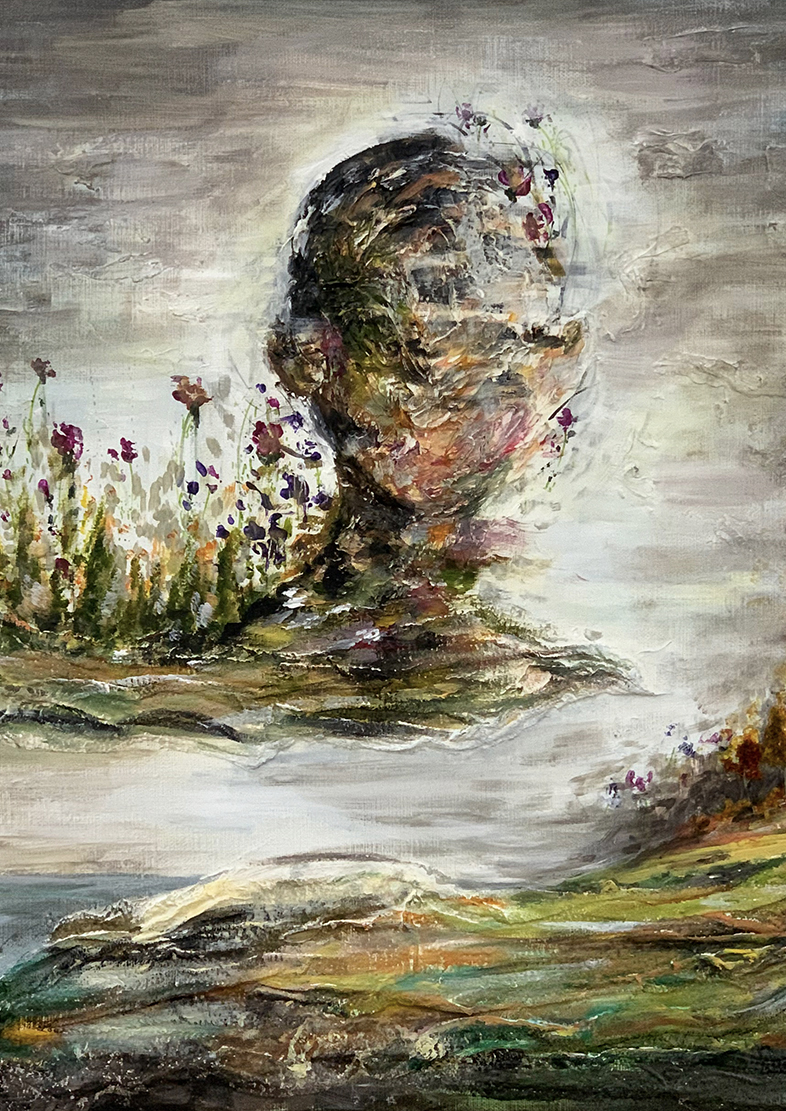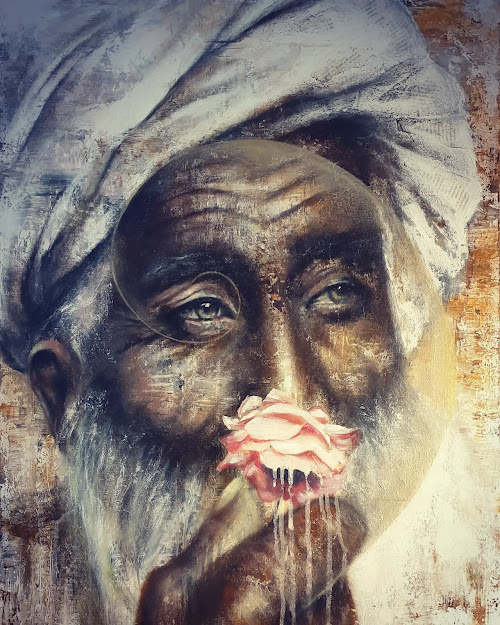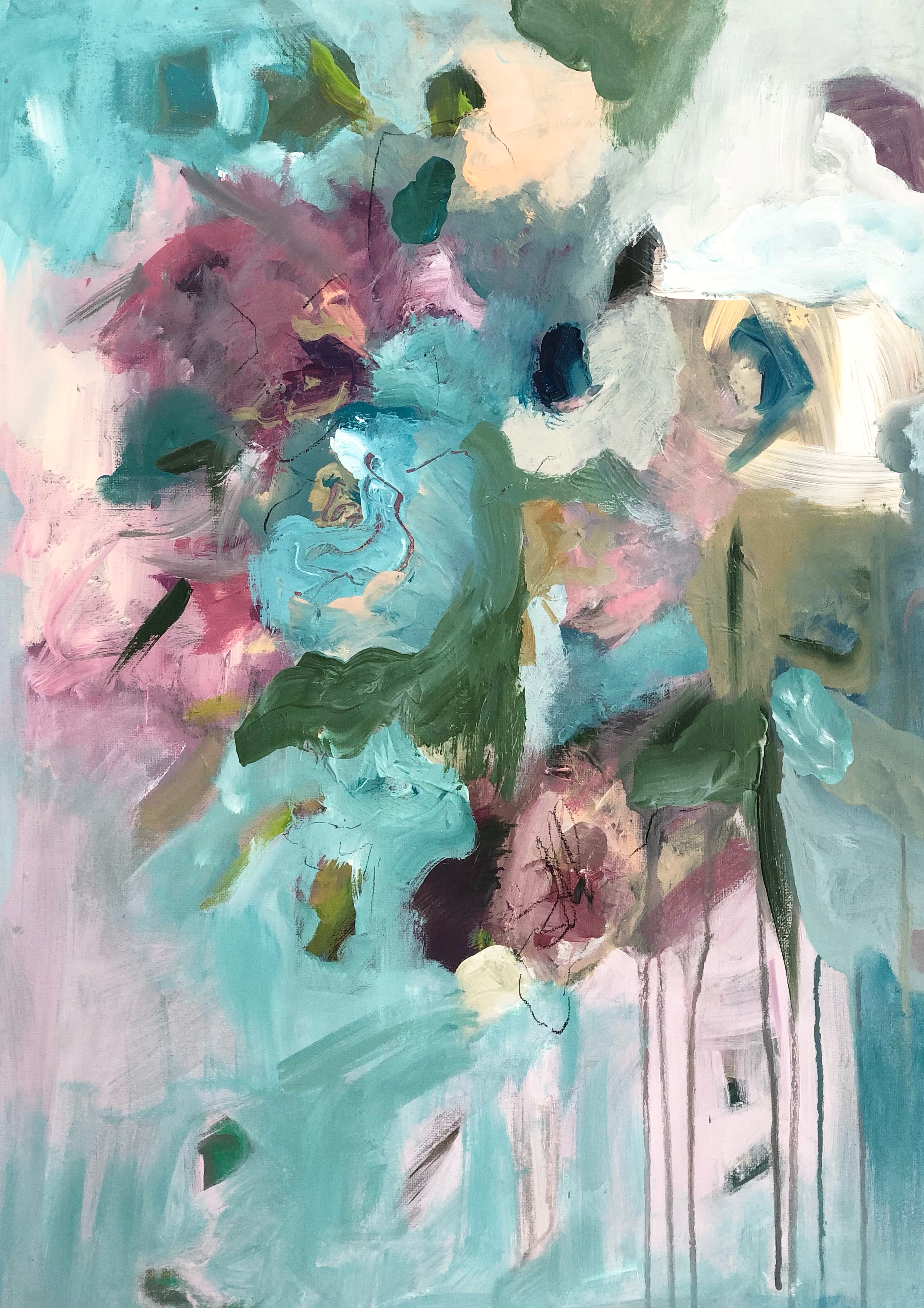


Flowers and plants have long served as potent symbols, making them a popular choice for artists seeking to convey various ideas and themes in their works. Over millennia, artists have imbued flowers with specific meanings, such as love represented by a rose, purity embodied by a lily, or joy symbolized by a sunflower. By incorporating flowers and plants into their creations, artists can add layers of significance and evoke deeper emotions.

Bloom by Noura Ali
Beyond their symbolic importance, flowers and plants are also prized for their aesthetic appeal. Many of these natural elements exhibit intricate and captivating patterns that effortlessly capture the viewer's attention. Artists may choose to make a bunch of flowers the focal point of a painting or incorporate a beautiful garden scene into a landscape artwork. By doing so, they create vivid and lively compositions that are visually captivating.

Almudena Angoso's Instant
Moreover, flowers and plants can be employed in art to evoke specific moods or atmospheres. For example, an artist might portray a dark and foreboding forest landscape to convey feelings of terror or mystery. Conversely, a sunlit meadow brimming with wildflowers could evoke serenity and tranquility. By incorporating flowers and plants into their works, artists can effectively convey desired moods or environments, engaging the viewer's emotions.

Fatima Sherjan's summer flowers
The use of flowers and plants in art holds a rich and enduring history, and remains an integral part of the artistic process. Whether for their symbolic value, aesthetic allure, or the creation of specific atmospheres, flowers and plants continue to inspire artists across generations. Their timeless presence in art ensures that they will continue to hold significance and captivate audiences in the years to come.
Feature Image: Fatima Sherjan